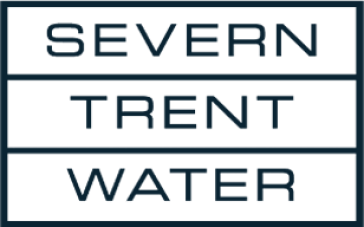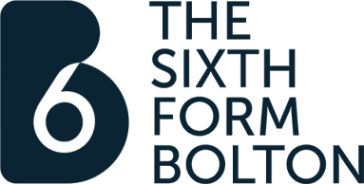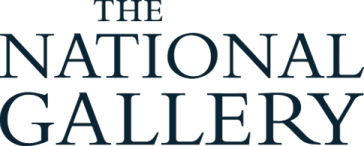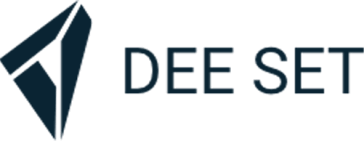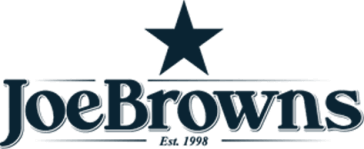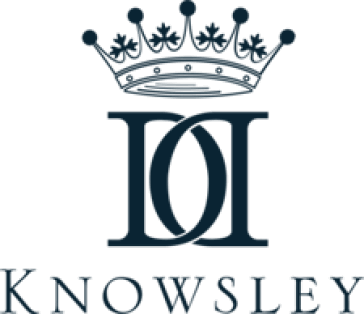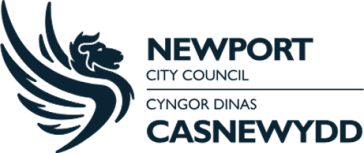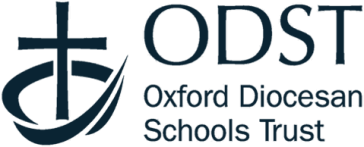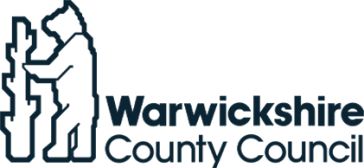14 September 2022
Identifying your flight risks

Surprise – one of your best employees has just resigned. Did you miss the signs? Could you have prevented it?
There are many factors that motivates somebody to leave an organisation – many, if not all, are unavailable to the employee’s manager, let alone the system holding their HR record. However, there are still signals we can identify without trying to get deep and personal within the inner workings of an employee's mind.
Risks in predicting
It is easy to get caught up in the marketing messages of HR software telling you it can predict flight risks with a high degree of accuracy. From our research we believe a high degree of accuracy is not possible (and possibly quite dangerous) given the relatively sparse data held in a HR system and the complexities in the decision taken by an employee to leave or stay. Even systems that record employee morale, salary benchmarks and other seemingly useful factors, do not know about the day-to-day interactions an employee has with their colleagues and manager, or the loyalty they feel towards the organisation itself, or any external personal factors. It is fair to say, flight risk predictions need to be taken with caution, common sense, and emotional intelligence. None of which a machine learning algorithm possesses.
There are other risks in surfacing a flight risk prediction, especially if done in an insensitive way or to the wrong person. For example, a manager could end up unconsciously changing their behaviour towards a “high-risk” employee, such as overlooking them for a training course or promotion, or conversely give them preferential treatment in an attempt to keep them. And even if a high-risk prediction turns out to be true, it would be very difficult to know if that prediction were correct if an intervention resulted in the employee staying (as there would be no “news” to record in the system).
Indicators
While predictions have their downfalls, there are other ways to approach this topic and avoid the perception of accuracy and precision that predictions wrongly imply. Indicators can be used instead to give pointers towards an employee who might need some attention without raising alarm bells. Indicators can be personal or general.
Personal indicators include factors such as the amount of disruption someone has experienced – from changes in their manager or team, to the amount of workload, sickness, or holiday they have had recently.
General indicators can be found in patterns at job or team level – such as the typical longevity of employees staying in a particular role, or the average salary compared to industry benchmarks.
We also researched the social aspects contributing to an employee leaving or staying. An employee’s relationships with their colleagues and manager can be a big push or pull factor. If good colleagues leave, this affects both an employee’s sense of stability (a “disruption” indicator) and the ties and loyalty they feel towards the organisation as the number of their social links diminish.
Best practice
Taking this forward, it is important to consider ethics and best practice.
Firstly, rather than singling out individuals, understand the dynamics of groups. Groups could be teams or departments, or even “cohorts” of people with similar characteristics (e.g., job level, skills, tenure). Aggregating in this way has a much better chance of avoiding the accuracy and precision illusion. It also avoids any unwanted behaviour towards individuals.
Secondly, if a model is chosen to identify patterns in leavers, then it should be explainable. That is, the reasons behind the results should be transparent and understandable to a lay person. This is another benefit of using domain expert led indicators over predictive models, which can be harder to explain and can give the appearance of unquestionable authority.
Finally, any insights gained should be used positively, such as to inform retention strategies or to improve manager performance. Clearly, managers play a key role in retaining talent so interventions at the manager level, that could improve more than one employee’s experience, will have a bigger impact.
In conclusion…
Like any predictive analytics, flight risk insights can be very beneficial if handled correctly, and if the motivation is to provide a better employee experience for all. It goes without saying, having regular open conversations with your employees can have a positive impact on their feelings towards work and your ability to spot problems early. Any tool used should be a secondary add-on to improve this further.
Our research on this fascinating topic remains ongoing. Any input or participation from you in developing our understanding of retaining talent is very welcome and valuable to us.











